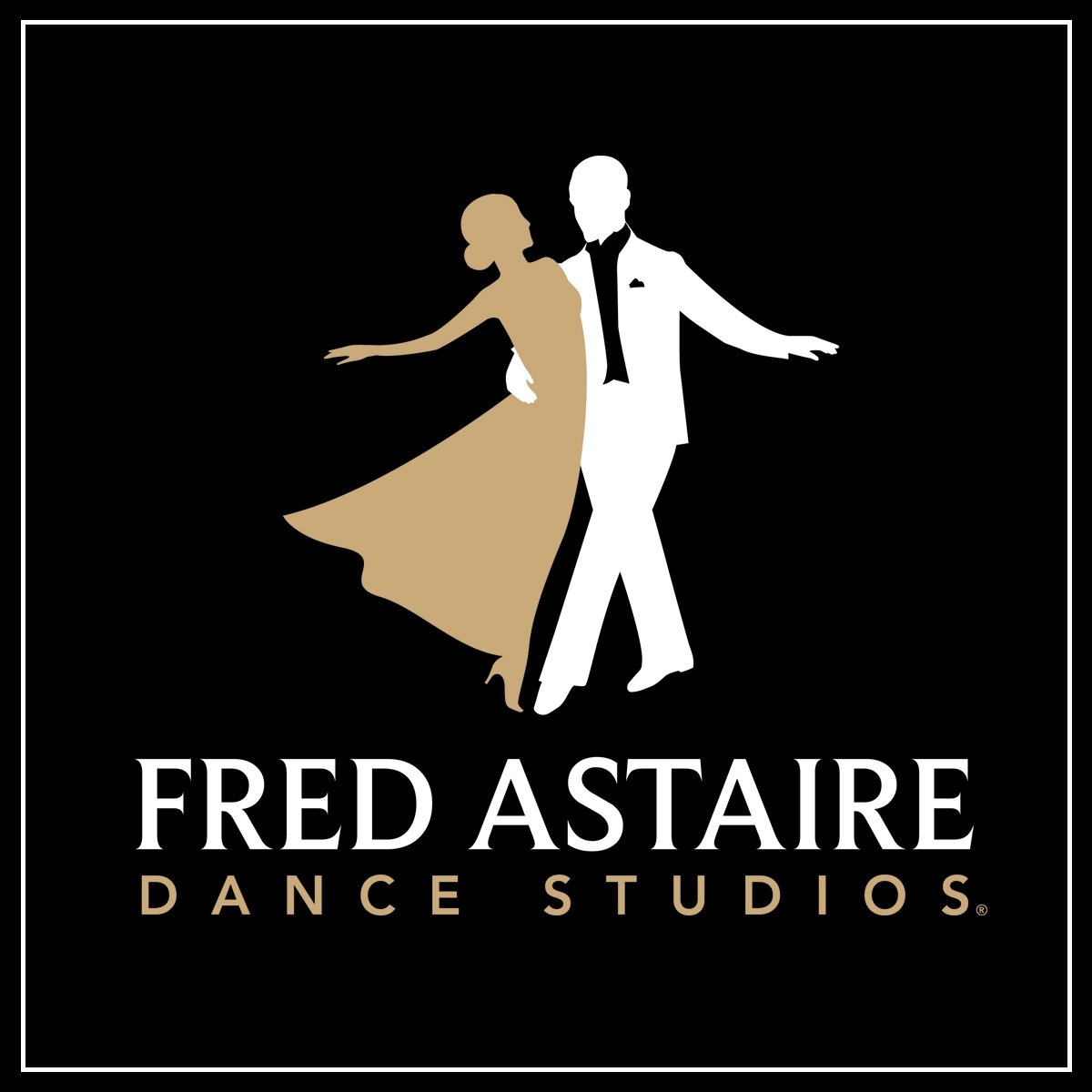
Ballroom dance can be enjoyed socially and in dance competitions, and is sometimes referred to as “partnership dancing”, because it is a type of dance that requires a dance partner.
Ballroom dancing originated in the 16th century from dances held in the royal courts. There’s also evidence of influence from folk dances of the era – for example, the Waltz began as an 18th century Austrian folk dance.

The Tango is one of the most highly stylized ballroom dances. It is dramatic with measured crossing and flexing steps and poised pauses. Perhaps the main reason for its widespread popularity is that it is danced close to the partner.

Jive evolved from the popular American dances of the 1930’s such as Jitterbug, Boogie-Woogie, Lindy Hop, East Coast Swing, Shag, Rock “n” Roll etc. Eventually all of these styles of dance would be coupled under the Hat of “Jive”, but in the 1940’s a combination of these styles was given...

The Samba is festive and lighthearted, and performed today in all parts of the world. It brings to mind pictures of Rio’s festive and exotic Carnival! In its native land, the Samba is usually danced to a moderately slow tempo which contrasts vividly with the spirited version favored in U.S.

In 1973, at a disco called The Grand Ballroom, a new type of “touch dance” without a name was being exhibited by females. This simple 6-count step with a very basic form, including inside and outside single turns, would give birth to what would later be called “Hustle.” The young men of the...

Oozing with a sensuous style, Salsa has it all – passion, energy, and joy. As a dance form, Salsa has its origins in the Cuban Son and the Afro-Cuban dance, Rumba.
© 2025 coursetakers.com All Rights Reserved. Terms and Conditions of use | Privacy Policy